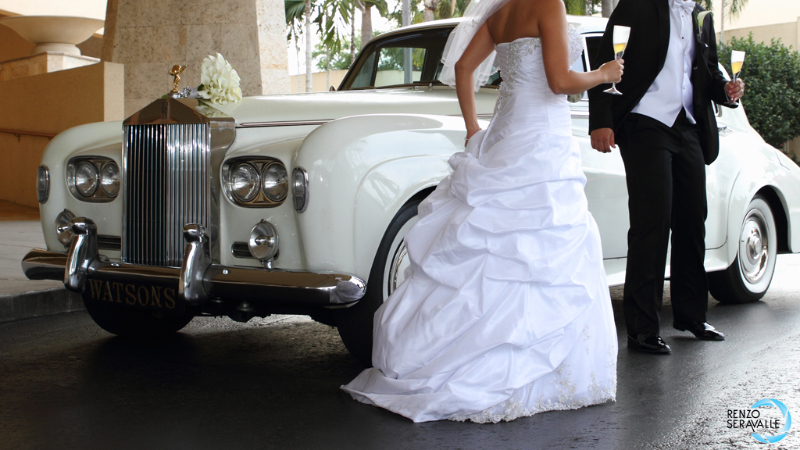================HG====================
April -- Competition Entry Due Date: Sunday, March 24, 2024 - Topic:
Nature
Club Meeting: Tuesday, April 2, 2024
May -- Competition Entry Due Date: Sunday, April 28, 2024 - Topic:
Panning
Club Meeting: Tuesday, May 7, 2024
Tools & Tips
ID: 70 | Author: Al
| Posted: 1/29/2015 Updated: 1/29/2015 |
Never Expires
Al's Photo Tips
Here are some Photo Tip documents that I have written over the years. Enjoy!
Out of the Closet How I do small object photography in the studio. Includes dark field glass photography.
Macro Photography
Telephoto Lenses
Photograph Art with a Point and Shoot
ID: 51 | Author: Renzo
| Posted: 11/27/2013 Updated: 2/5/2015 |
Never Expires
Education Chair - Renzo Seravalle
Tools and Tips
Depth of Field - by Renzo
Today I want to talk about Depth of field (Dof) and the Hyperfocal distance, and share some interesting tool for all of you.
What is depth of field?
Dof is the distance between the nearest and farthest objects (or subject) that appear in focus in a scene.
The Dof change every time, depend on: the focal lens, aperture and distance from the subject.
Ej #1: In case you want to shoot a portrait of you son in a backyard and you have some stuff like a shed and gardening tool on the background of the scene, you want to blur this part of the scene using a large aperture like F2.8 or F3.5, if you want to get the background on focus use a slower aperture like F8 or F11.
Ej #2: in a landscape that is faraway from the camera, and your focus point is more than 100 ft you can use a large aperture to get a nice sharpen image on the entire frame. but if you landscape include a closer subject and you want to focus everything up to the background you going to use a slower aperture like F 16 or F 22, and all depend of the light and shutter speed.
What is an hyper focal distance.
Hyperfocal distance is the distance from the camera to the optimum focusing point to archive the maximum deep of field. in this case varies according to the focal lens, the aperture, and the circle of confusion of the lens.
Why use a hyperfocal distance instead of use a slow aperture ( high F stop)?
Some time went you use a slow aperture (high F stop) you need to use a long exposure, and went you have a long exposure you can encounter many risk, like little shake of the camera or a diffraction and the image become blur.
How we find the Hyperfocal distant of a lens.
There is a formula for this, H= F2/AC . Hyperfocal (H), focal lens(F) aperture (A) and the circle of confusion (C, in 35mm cameras is 0.036)
But there are many tool on this era to avoid all this formulas.
The image attach, First I want to freeze the movement of the flower becouse the wind with a shutter speed of 1/125, and the use the hyperfocal with and aperture of F7.1
Its a app, where you enter the model of your camera ( full frame, crop sensor,4:3, etc) Focal lens (mm), distant from subject, and you get the Dof and the Hyperfocal distance.
I try many different but the best for me and I use all the time is called Dof calc. is for android( i don't know if the have the same for Iphone) and you can download from the play store for free ( they accept a donation)
https://play.google.com/store/apps/details?id=jds.dofcalc
Today we want to talk about of the advantage and disadvantage of the right exposure.
In photography, 'exposure' means the amount of light that falls onto the digital sensor, in modern days we have a light metering build-in to help us and get the perfect exposure.
In automatic modes as well in creative mode like, Program (P), Aperture priority (Av) and shutter priority (Tv) the camera adjust the exposure or amount of light automatic. In Manual mode (M) you have to adjust manually the right exposure by manage the aperture, shutter speed and ISO.
Exposure can varies for good or for bad, sometime right exposure is no what we want, in some case the auto mode choose the right exposure and blown-out highlights or darken more the shadows, also depend on the focus point where the camera evaluated the light , if you point in the darker areas the lighters areas will blow out and vice versa.
In the highlight areas theres in not enough data or info on the image to recover. to prevent this point in a neutral area and set the camera from 1/3 to 1 stop under exposure.
On the other side darkest areas has more data that you can easily recover in post processing using the highlight and shadows function in almost any photo editors.
One of the most common problem in a wedding photography is the white dress of the bride, most of the time you need to evaluate the light thinking first on the dress.
Heres some example


